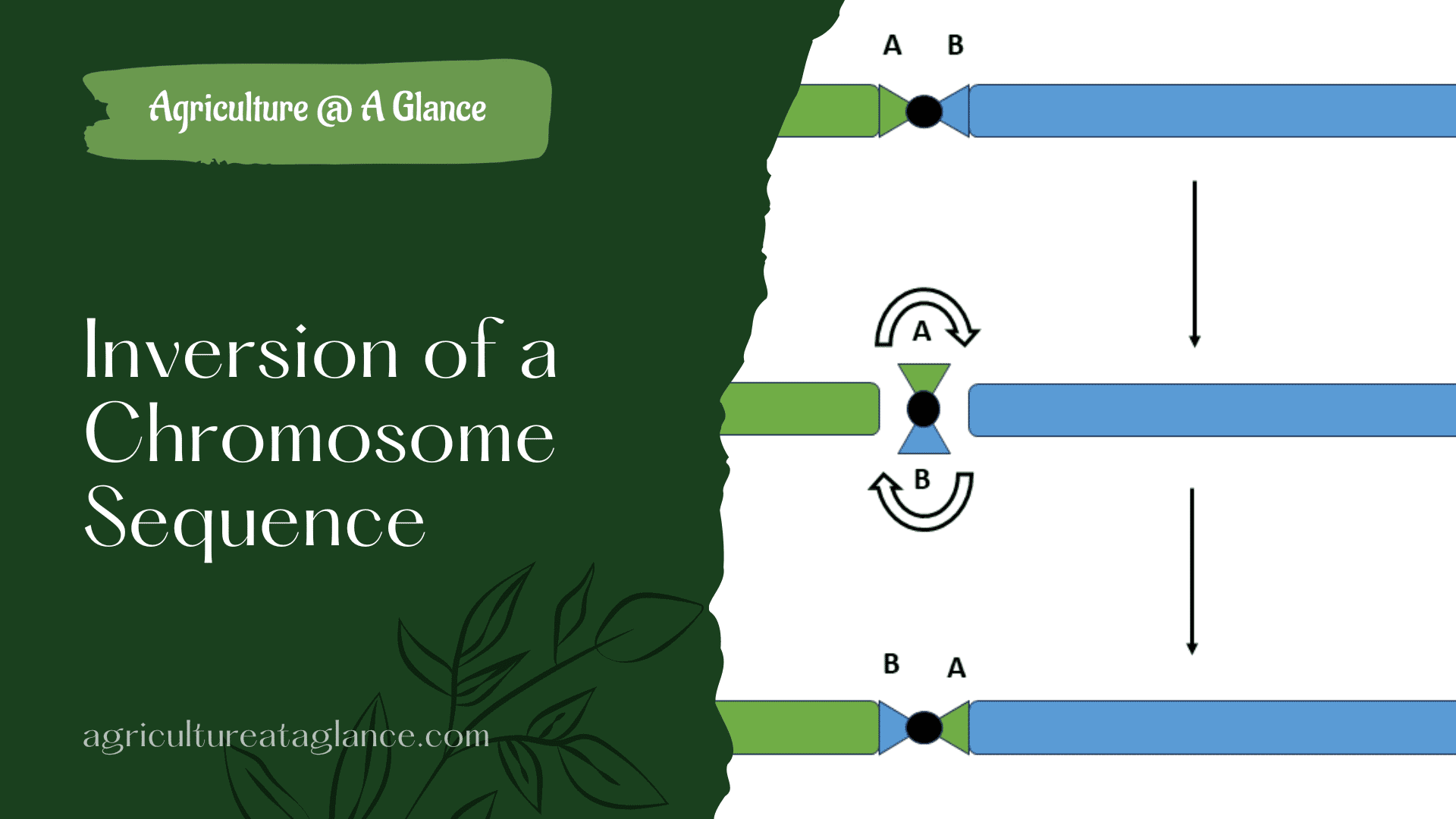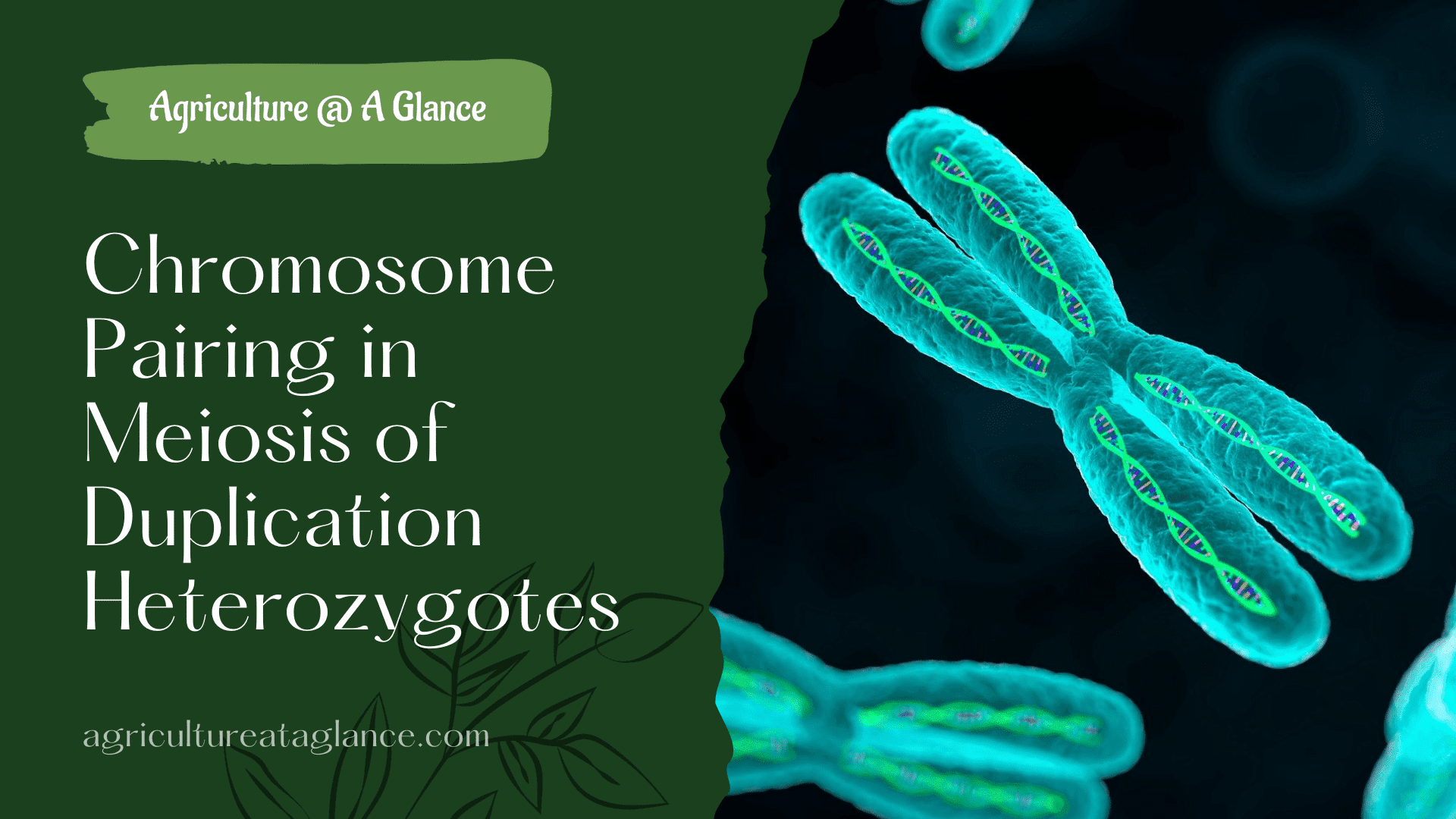Domestication: Process of bringing wild species under human management.
- First steps in developing cultivated plants.
Selection: When different genotypes present in a population reproduce at a different rate it is called selection. Selection is two types
Natural: Selection due to natural force like climate, soil and biological factors.
Artificial: Artificial selection is carried out by humans and is confined by domesticated species.
Types of natural selection:
Directional Selection: When individuals having the extreme phenotype for a trait or a group of traits are selected for, it is called directional selection.
Before the industrial revolution the moth color is white. After the industrial revolution the tree’s bark color has gone black and the moth is detected by the predators, that’s why the whole moth species color has gone black, and the white moth directly changes into black color.
Stabilizing selection: When selection favours the intermediate phenotype and acts against the extreme phenotype, it is termed as stabilizing selection.
When one human has one offspring and his weight is 5kg, 4 offspring 2-3 kg and 8 offspring have 500gm/offspring that’s why the first and last condition is not considerable but the middle is considerable.
Disruptive selection: Is a type of natural selection that occurs when extreme values of a trait are forced over the intermediate value.
In squiral there are two main probability on their tail. Long tails can support them to hang on the tree. Short tail can support a very speedy run, but in the medium tail it is not superior for hanging on the tree or speedy run.
Patterns of evaluation in crops plants:
These are considered here according to the mode of origin of grnrtics variation crucial for evaluation of that species.
Mendelian variation:
Macromutation:
- Produce a large distinct morphological effect.
- Their mutations have a significant impact on the resulting organism.
Macromutation:
- Result from mutations with small and less drastic effects.
- Also known as point mutations, these are small mutations that affect a single gene or a few nucleotides in DNA or RNA.
Interspecific Hybridization:
- Crossing of two different species of plant.
- Highly sterile hybrid, do not set seed.
Polyploidy: Polyploidy is a condition where an organism has more than two sets of chromosomes in its cells. It’s a common feature in plants, and also occurs in some fish and amphibians.




